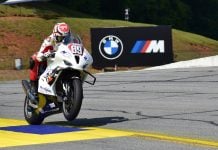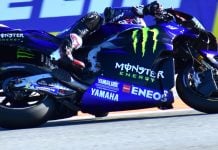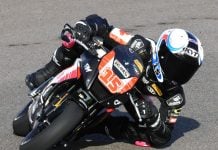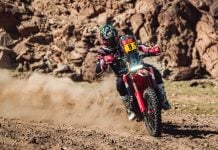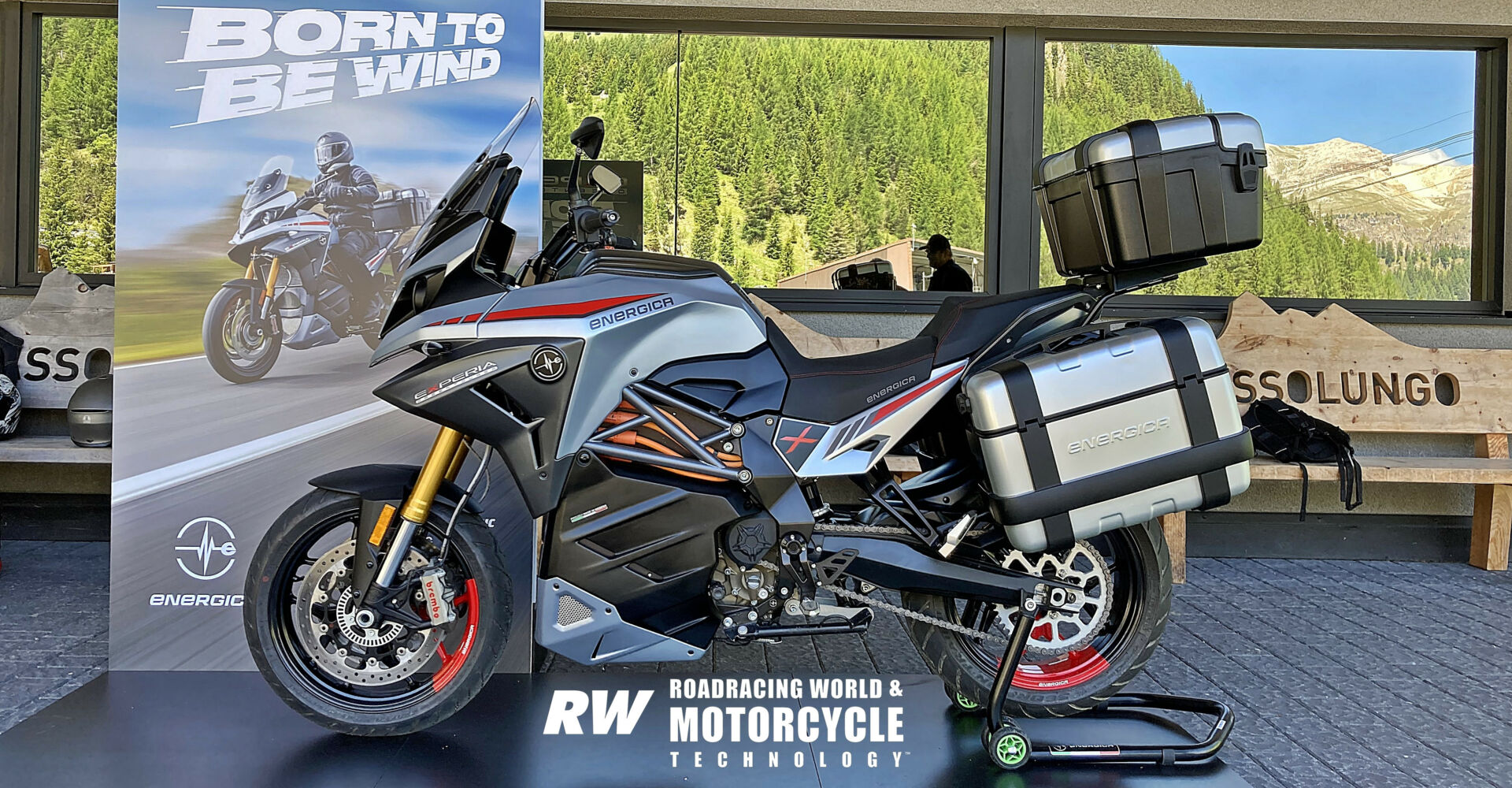Copyright 2022, Roadracing World Publishing, Inc.
By Michael Gougis
Four years in the cauldron of racing at the GP level has taught Energica a few new tricks on how to make an electric motorcycle better. Specifically, Energica has gathered critical information on battery capacity and management, as well as motor design and operation.
But the design of any motorcycle is a compromise. Energica looked at the new performance potential these developments provided and decided to deploy them to make a machine that was more comfortable and rider-friendly.
This week, Energica invited journalists from around the world to sample its all-new Experia Green Tourer, what it calls the world’s first all-electric sport touring motorcycle. What we found when we arrived for the test ride in the Dolomite mountains in northern Italy was a motorcycle that straddled the line between adventure bike and lightweight tourer.
And a brief test ride showed that Energica had indeed hit the design target of a more nimble, more efficient, and still powerful motorcycle that had the creature comforts of a machine designed to eat miles.
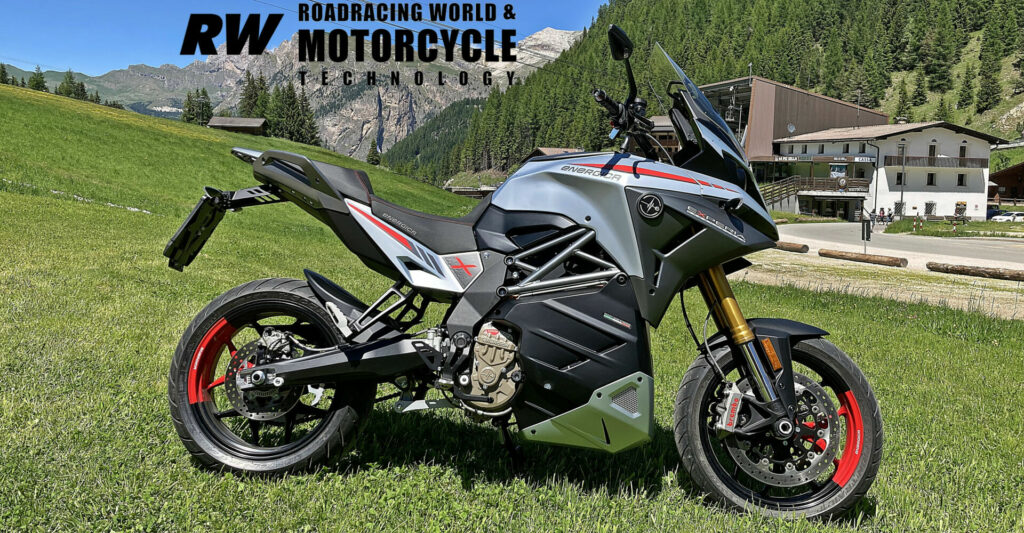
Tech Briefing
Energica’s experience in FIM MotoE World Cup as the sole supplier of the spec Ego Corsa racebikes has led to a new battery configuration that nestles in and through the all-new steel trellis/aluminum castings frame. The battery pack is multifaceted, allowing more heat dissipation, and is lighter than before. Energica says the Experia now has the greatest battery capacity – 22.5 kilowatt-hours–of any production electric motorcycle. A complete redesign also led to a lighter and re-positioned inverter, which now shares coolant with the new motor.
For this machine, Energica employs the second iteration of its EMCE motor. Created in partnership with Mavel, an Italian company with deep experience in the electric automotive sector, the EMCE (Energica Mavel Co-Engineering) motor is smaller and features a permanent magnet-assisted synchronous reluctance design.
To put it simply, synchronous reluctance motors rely on a sophisticated rotor design to generate a magnetic field and spin the rotor, rather than relying on magnets that are a permanent component of the rotor. However, this design produces less torque than the more traditional design, so some magnets are embedded in the rotor to assist with power generation.
The advantages of this design include lower cost, fewer expensive rare earth magnets, greater safety, and less weight. Compared to the motors in Energica’s first motorcycles, the EMCE motor in the Experia weighs 44 pounds less. It makes less power than the EMCE motor in the other machines in the lineup, at 102 bhp and 85 lbs.-ft., but its smaller size allows for it to be mounted lower and for the shock to be relocated to the centerline of the machine, in the traditional location. As is traditional for electric motorcycles, there is no gearbox and no clutch. Claimed weight for the Experia is 573 pounds.
The new chassis is narrower between the rider’s legs and also is lighter than the previous models’ full steel trellis. Forks are 43mm inverted ZF Sachs adjustable for compression, rebound and preload; the ZF Sachs shock is adjustable for rebound and preload only. The tubular bars sit behind the company’s largest fairing–by far–to date.
Brembo master cylinders front and rear operate Brembo calipers–a pair of four-piston units in the front and a single two-piston unit in the back–on 330mm discs on the front wheel and a single 240mm disc in the rear.
Electronic rider aids include adjustable brake regeneration settings, adjustable traction control, cornering ABS by Bosch, and four different power modes–Sport, Urban, Eco and Rain. Creature comforts include heated grips, four USB power outlets, cruise control, a reverse gear ,and voluminous hard luggage by GIVI.
For this model, Energica deployed its new performance capabilities in rider comfort. The drag created by the new fairing is considerable, and electric bikes are particularly sensitive to aero drag in terms of energy consumption. So, the machine has only a slightly longer range than the prior models but gives the rider and passenger much more comfort over longer distances. Energica claims a range of 261 miles in city riding, 160 miles in combined highway/city riding and 130 miles at an average speed of about 68 mph.
The bike can be charged through all three types of charging systems currently available and will go from zero to 80% charged in 40 minutes on a DC fast charger.
Riding The Experia
Energica’s riding loop consisted of narrow, barely-two-lane-wide roads that meandered through small skiing villages in the mountains of northern Italy. It would have been challenging to evaluate the machines at speed if the roads were empty, as many of the corners would have been first-gear, slip-the-clutch curves on an internal combustion motorcycle. And the roads were not empty–much of the ride consisted of threading our way between bicycles, oncoming trucks, cars, and tour buses, as well as the motorcyclists who had thronged to the region.
Still, I found the torque to be impressive when my machine was in Sport mode, and the throttle response was linear and precise. My particular unit, a pre-production model, seemed to have a glitch that left it occasionally shifting itself into a softer power mode, but when it was on, the bike moved forward with the authority that only the largest gas-powered motorcycles can provide.
Energica hit the target when it came to maneuverability and ease of use. The lower center of gravity and narrower frame made it easier to change directions and to flick into those tighter curves. The brakes were well up to the task of plunging into downhill switchbacks.
And electric bikes have a comfort level that is just–serene. It wasn’t just the upright riding position, the spacious legroom, the lack of shifting and clutching. It was the quiet, the lack of vibration, that just left the whole experience feeling relaxed.
I am looking forward to spending time on an Experia in the States and doing a little two-up riding when the test units arrive. Electric bikes are different, but that doesn’t mean bad, and there are definitely parts of that riding experience that are uniquely pleasurable.
Production of the Experia is slated to begin in July, and units will be available in the U.S. in the fall. Suggested retail price starts at $23,750, although the company will at first only offer the Launch Edition with the hard luggage for $25,880.


